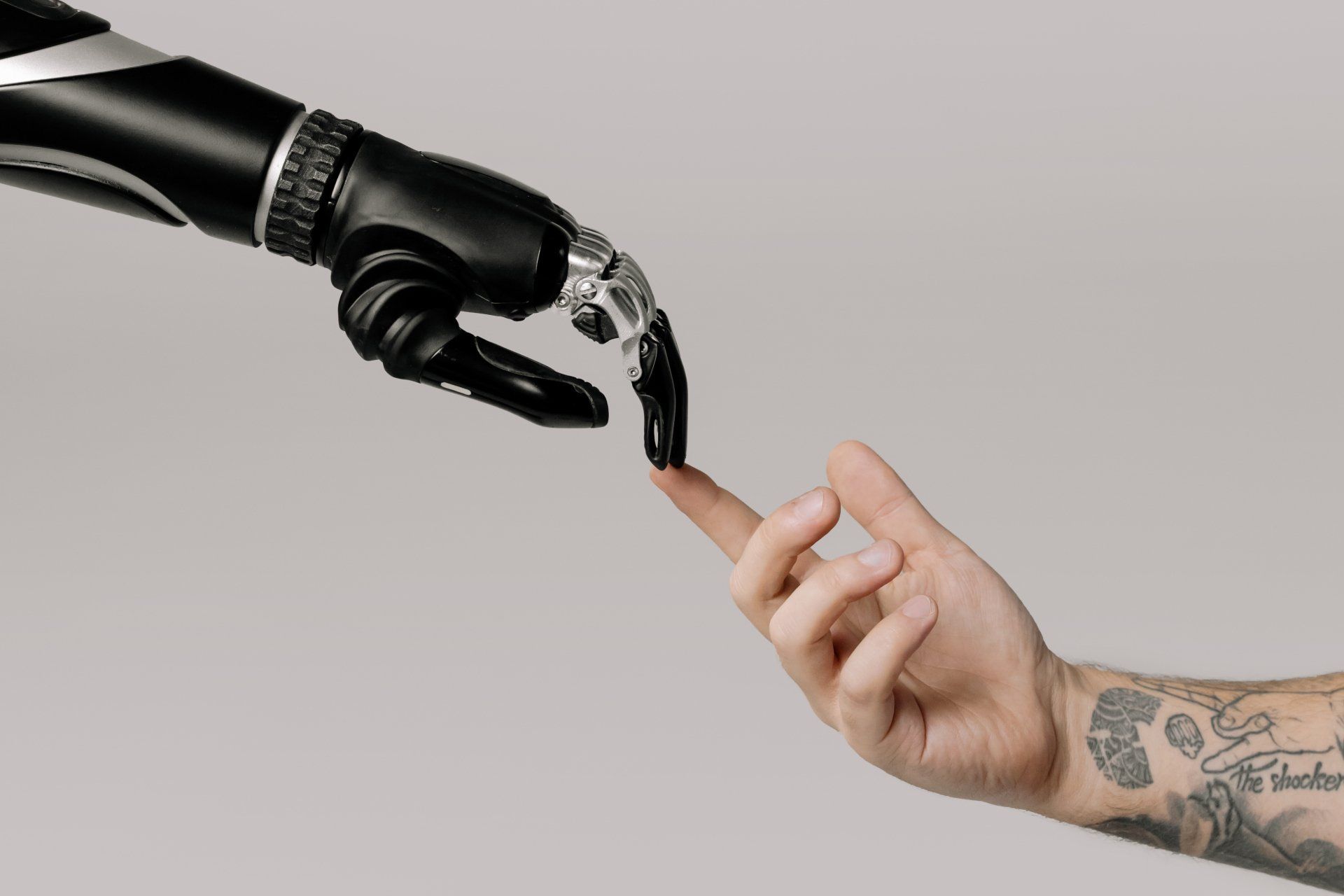
The melding of the Internet of Things (IoT) with Artificial Intelligence (AI) and Machine Learning (ML) isn't just progressing; it's revolutionising how we interact with technology and the world around us. The fusion of these technologies is creating a smarter, more connected globe. With the development of advanced AI models like GPT and other innovative AI programmes, the potential to boost IoT capabilities and revolutionise various sectors is more tangible than ever. This article delves into this synergy, highlighting the transformative impact on our daily lives and the broader societal implications.
Understanding AI and Machine Learning
AI is the backbone of modern technological advancements, enabling machines to mimic human intelligence across tasks such as language understanding, decision-making, and image recognition. Machine Learning, a crucial subset of AI, empowers systems to learn from data, enhancing their accuracy and efficiency over time without explicit programming. This capacity for continuous improvement is what makes ML invaluable in handling the vast and varied data generated by IoT devices.
The Role of GPT and AI Programmes in Enhancing IoT
Generative Pre-trained Transformer (GPT) models, along with other sophisticated AI programmes, are at the forefront of this revolution, offering capabilities that extend the functionality of IoT devices:
- Advanced Data Analysis and Interpretation: GPT and AI programmes can analyse and interpret the massive datasets from IoT devices, providing insights and making predictions with high accuracy. This capability is crucial for applications ranging from smart homes to industrial automation, where understanding vast amounts of data in real-time can lead to significant efficiency improvements.
- Natural Language Processing (NLP): AI models equipped with NLP enable IoT devices to understand and respond to human language, facilitating more intuitive interactions between humans and machines. This advancement is pivotal in areas like customer service and personal assistants, where AI-driven IoT devices can offer personalised responses and support.
- Enhanced Security: AI programmes can identify and respond to security threats in IoT networks, using anomaly detection techniques to protect data and privacy. As IoT devices become more integrated into our lives, securing these devices and the data they handle is paramount.
Real-World Applications: AI and IoT in Synergy
The combination of AI, with IoT is already making waves across various sectors:
- Healthcare: AI-driven analysis of data from wearable IoT devices can lead to breakthroughs in personalised medicine, offering predictive insights into health trends and enabling proactive healthcare solutions.
- Manufacturing: IoT sensors monitor manufacturing processes in real-time, with AI and ML analysing the data to predict maintenance needs, optimise operations, and enhance safety.
- Smart cities: IoT devices, powered by AI, are used to optimise everything from traffic management to energy consumption, making urban environments more efficient and sustainable.

LOOKING AHEAD: THE FUTURE OF AI, ML, AND IOT
As we move further into the future, the potential for AI, including GPT and other AI technologies, to enhance IoT and impact our world is limitless. With each advancement in AI and ML, IoT devices will become smarter, more efficient, and more integrated into our daily lives, offering unprecedented levels of personalisation and convenience.
EMBRACING THE FUTURE WITH STRATEGIC TALENT ACQUISITION
For businesses and industries to thrive in this evolving landscape, staying ahead of the curve in adopting these technologies is crucial. Partnering with specialised Tech Recruitment Services like Halycon Knights to attract and retain talent skilled in AI, ML, and IoT is essential for harnessing the full potential of these transformative technologies.
As we look to the rest of 2024 and beyond, the joining of AI, ML, and IoT holds the promise of a more connected, intelligent world. The advancements in AI models like GPT and other programmes are not just enhancing IoT capabilities but are setting the stage for innovations that we have yet to imagine, driving forward the technological revolution.
Contact
your local Halycon Knights office today to learn more about tech talent and the niche skillsets you can hire based on your needs.






